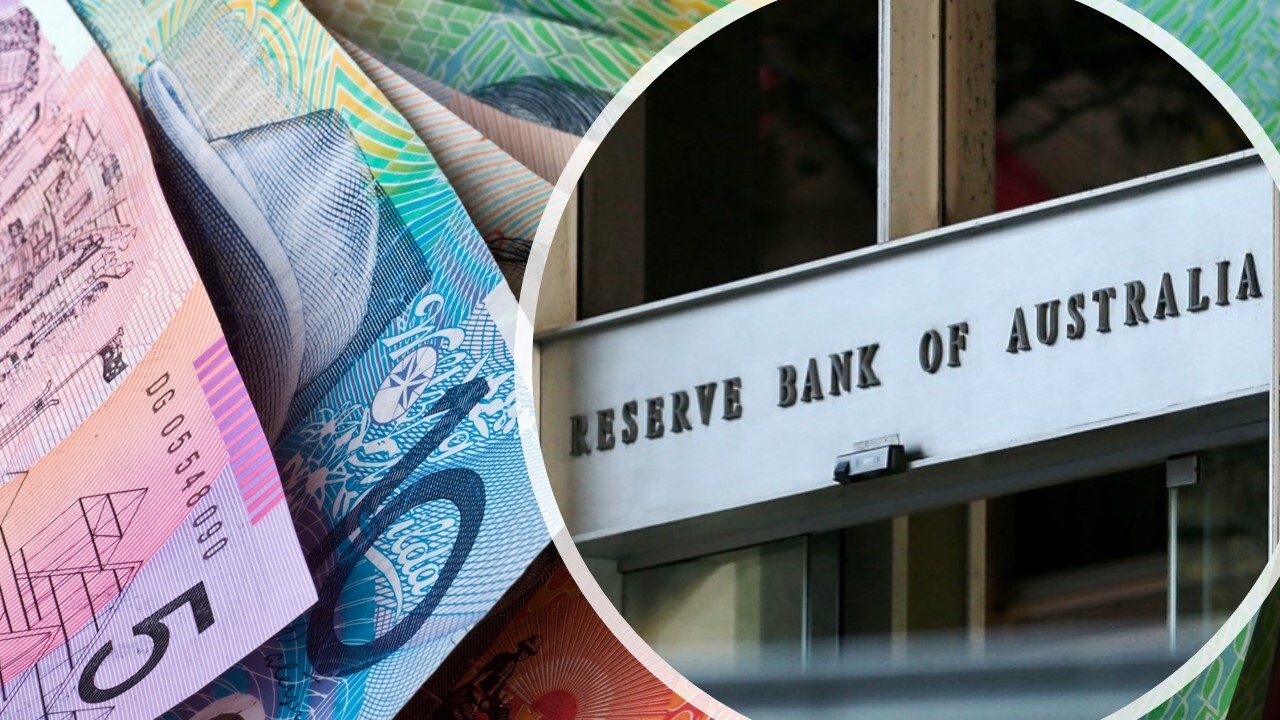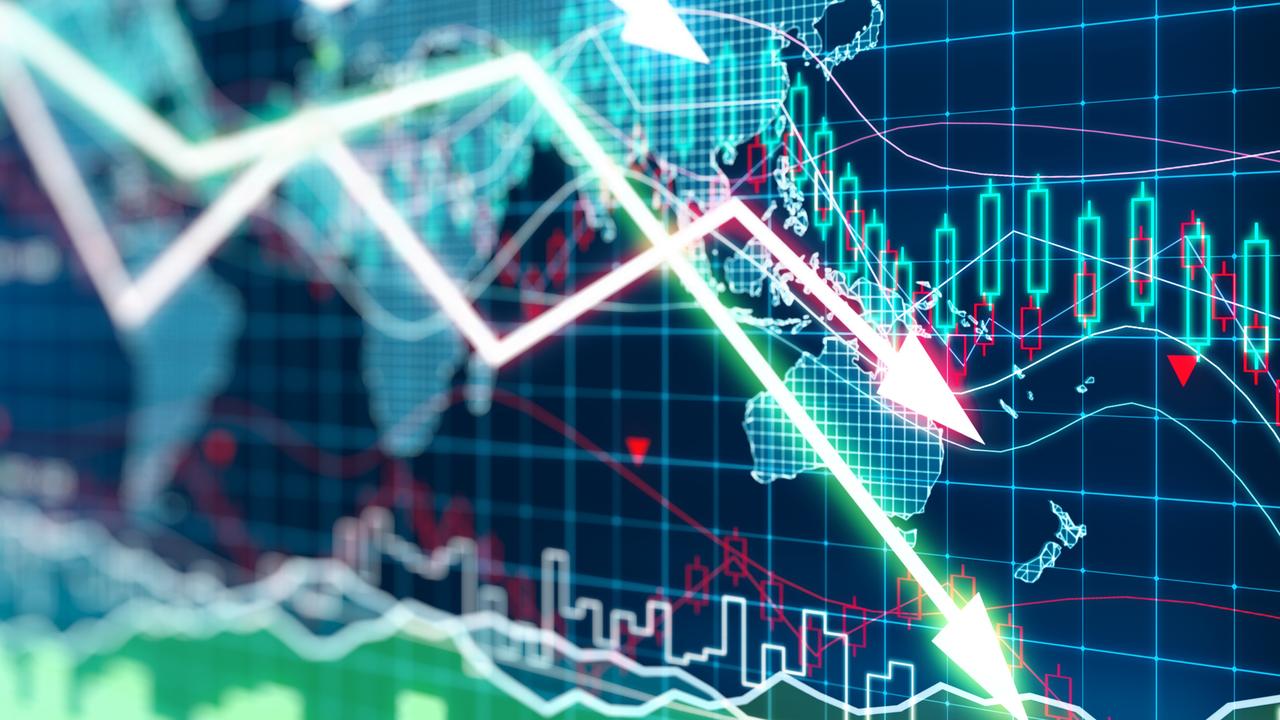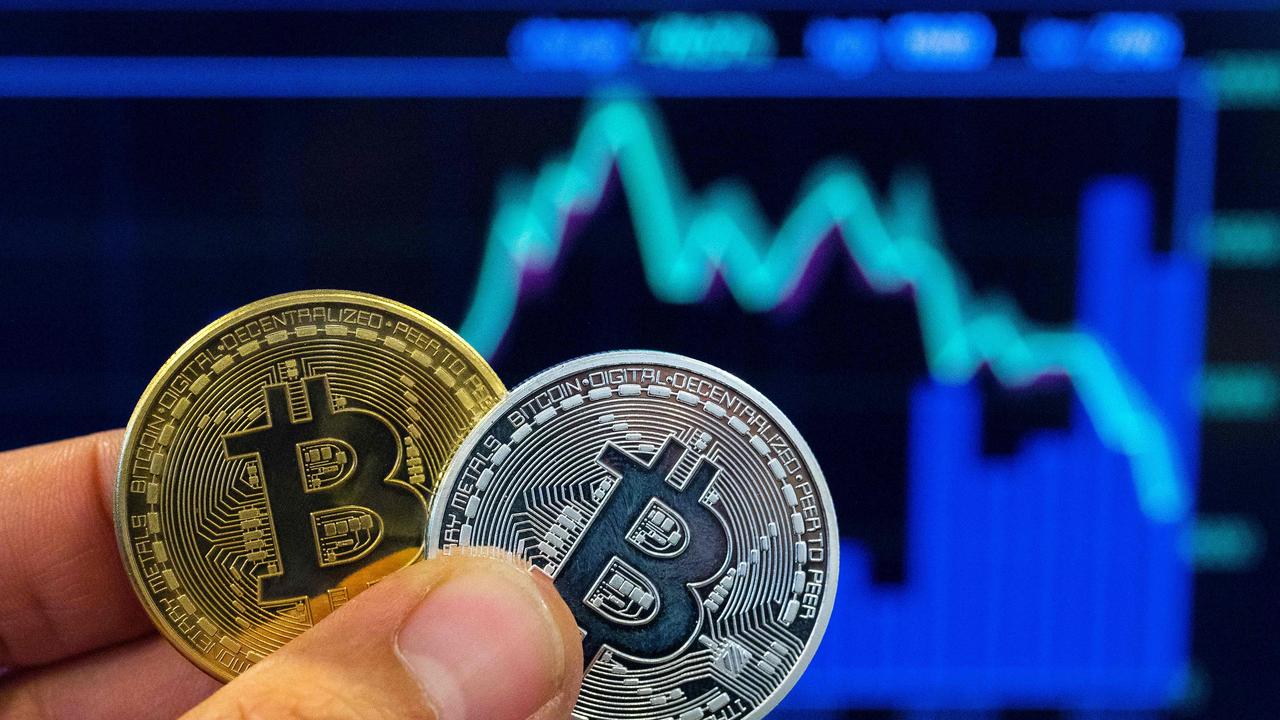Report reveals ‘high risk’ of downturn as recession looms
An alarming new report has weighed in on a “looming recession” headed our way within months – but what does it mean for Aussies?

An alarming new report has weighed in on a “looming recession” headed our way within months – but what does it all mean for Aussies?
According to a new Econosights report by AMP senior economist Diana Mousina, “predictions of an approaching recession have become a consensus forecast”, although global growth has improved in early 2023, particularly in Europe and the US.
Ms Mousina notes that the gloomy outlook reflects a global period of “sharp and fast interest rate hikes” – which Australia is no stranger to after 10 consecutive rate rises.
She said “history tells us that there is a good chance that the end of central bank’s tightening cycle will result in some sort of crisis or downturn” as they desperately try and get inflation under control.
She added that “many traditional recession indicators are pointing to a high risk of a downturn”, but added it wasn’t yet a given because at the moment.
Earnings are doing better than they typically would in a recession – although that doesn’t mean we’re out of the woods, as “markets can rally before a recession occurs”.

Ms Mousina also noted the collapse of high-profile banks in the US and Europe showed the risks associated with aggressive interest rate hikes.
However, she said the “tightening in financial conditions may lead to a faster slowing in the pace of rate hikes which could reduce the odds of a recession in 2023”.
That’s backed up by better than expected economic data coming out of the major economies, with employment rates in the US performing particularly well.
However, “in Australia, momentum in economic growth has slowed”, with disappointing December quarter GDP growth, sluggish retail spending, lacklustre wages growth and slowing jobs growth.
“In our view, this is a sign that monetary policy is more potent in Australia (despite the RBA’s assessment that the impacts of monetary policy are felt equally in Australia relative to our global peers) because of the higher sensitivity of households to rate changes,” Ms Mousina wrote.
She said positive data out of the US and Europe reduced the risk of recession in the first six months of 2023, but issues within the banking sector were “also a warning sign around the future risks associated with central banks pushing hard to slow the economy through rate hikes”.
This, in turn, meant “future risks of a recession are still elevated” and “a large number of indicators show a high risk of recession in the next 12-18 months”.

“Clearly the risk of a recession or significant downturn still remains high, at around 50 per cent in the US in the next 1-2 years,” the report reads.
“Risks of a recession are lower in Australia, at around 40 per cent in the next 1-2 years, because we believe the RBA will not take the cash rate much higher from here given the easing in growth indicators, global financial stability risks and no signs of wages breakout.”
Ultimately, AMP concludes it doesn’t predict a “deep recession” across the major economies this year, because inflation is expected to decline faster than expected.
“However, if inflation proves to be sticky at 5-6 per cent per annum throughout 2023, then central banks will be forced to hike rates more through the year which will risk a recession occurring in 2024,” the report concludes.
It comes just days after a damning report revealed Australia’s productivity growth has fallen to its lowest level in 60 years.
Productivity – a measure of how the goods and services produced by Australia increase over time – can be affected by technological improvements, workforce skills, management practices and changes to capital.
The latest data shows Australia has fallen 10 places in productivity ratings, dropping from sixth to 60th in the OECD from 1970 to 2020.
According to Treasurer Jim Chalmers, Australia is now sitting at 22 per cent lower than the United States.






